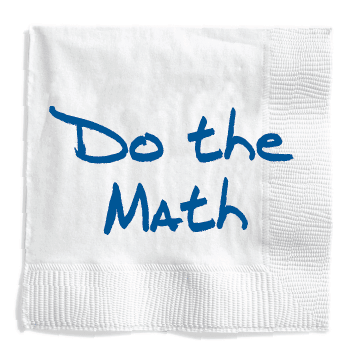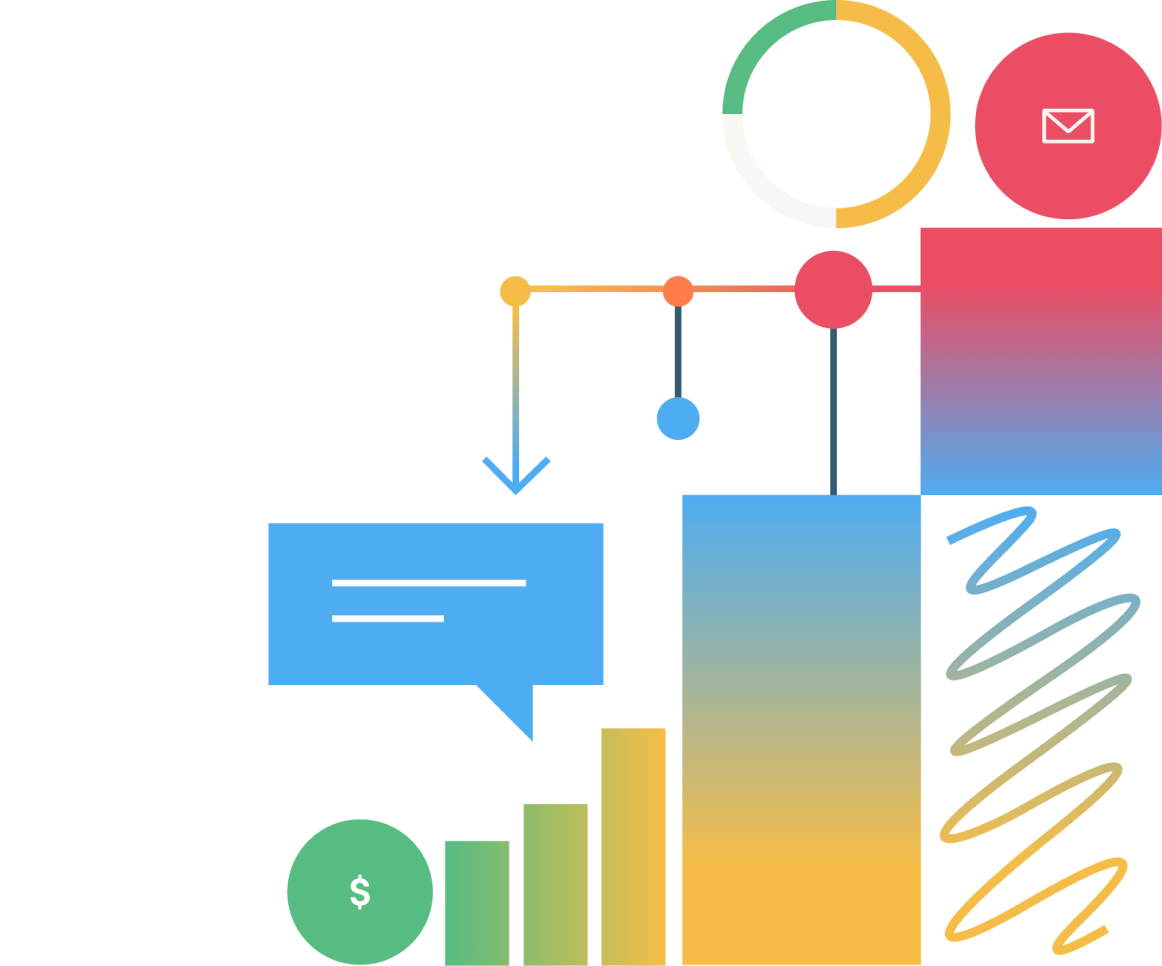
Doing the Math means owning and internalizing an understanding of your numbers. Your numbers tell an important part of your story.
Doing the Math also means taking the time to simplify the numbers in a way that others – Your board, your prospects and your staff – can understand.
In our For Impact World you must:
DO THE ‘RED’ MATH around your Staff, People and Operations.
i.e., What are the people or operational costs associated with delivering your current or desired impact?
And DO THE ‘GREEN’ MATH around your Income, Funding Plan, Goals, etc.
i.e, What is your total need for the year or next 1,000 days based on the BLUE and RED and how will you get there?
Next, use this Math to frame your Funding Rationales. Funding Rationales help to answer your Prospect’s question, “What do you need from me?” and help you get ‘numbers on the table’ tied to a Person, a Program, a Project or a Funding Plan. For example:
One of the simplest ways to do your math is around a Unit of Impact – A Person, A Student, A Family, A Village, A Patient – You get the idea. Quick math:

You can use this math to ask a prospect, “Can you help us by underwriting 10 students this year?” or “How many students would you like to underwrite this year?”
Your Gap, or even better, the cost of EXTRAORDINARY Impact.
Gap math is a common way to do your math and simplify a funding rationale.

I recently worked with a fantastic Hospice organization who refuses to talk about the gap and instead asks prospects to fund Extraordinary Care for every family. This Hospice has (fluctuating) revenues from reimbursements, but they don’t cover everything. This is where philanthropy comes in – For $1000 you can underwrite Extraordinary Care for one of the 3000 families they serve each year.
The true cost of programs.
This is a big one. Organizations frequently underestimate the true cost to deliver a program, which is essential to a funding rationale. Knowing the real numbers boosts confidence in the ask and helps the funder buy in. You can ask someone to underwrite part or all of the program.

Along with the previous point, you can do the math to tie programming costs to impact in multiple ways. Here’s a clean and simple example to illustrate the concept using the example above. The Read Aloud Program impacts 1600 Kindergarteners and their families (80 classrooms/20 students per class at 40 schools.) You can do the math to create simple funding rationales:
$2,000 per school, or;
$1,000 per class, or;
$50 per student.
Funding a Project or Priority.
This is commonly used with a ‘campaign mindset’ – projects or priorities that have a larger funding goal than some of the examples above. Casting a vision, packaging up three year Priorities or Projects and then understanding a dollar amount/funding rationale for each.
For example, “As we discussed, our vision is to be there for every family who needs Hospice Care in this community. Part of achieving that plan is to secure a Hospice House where we can care for people who can no longer stay at home, or have no home. Can we talk to you about being part of this plan?”
or
“We’ve put together a plan to scale and innovate in our three core areas – Family Literacy, Read Aloud Programs and Teen Services – that would require $1.3M of the next 1,000 days. Here’s what we would use the funds for – 1000 Families in Literacy Program, increase 1:1 teen Mentoring by 30%, excellent data and evaluation, 5-10 new school relationships…”
One Benefactor to underwrite the program or project:
Funding Plan for Unit of Impact:
1 @ 100 Families
2 @ 50 Families
4 @ 25 Families
10@ 10 Families
20 @ 5 Families
Plan to Fund a Goal (for larger projects)
1 @ $1M
2 @ $500K
4 @ $250K
10 @ $100K
20 @ $50K
In practice:
For some organizations the math will be clean (like the examples above). Other times it takes a lot of work to make it simple. In writing this piece I quickly reviewed the math for 80 past clients – organizations of every shade and shape – sometimes the math took minutes and sometimes days. However, in EVERY case we were able to get some simple math around a gap, a program, the impact or a plan. It can be done.
Read more from Tom about using this Do the Math principle to do 1,000 Pushups … in less than two hours!

